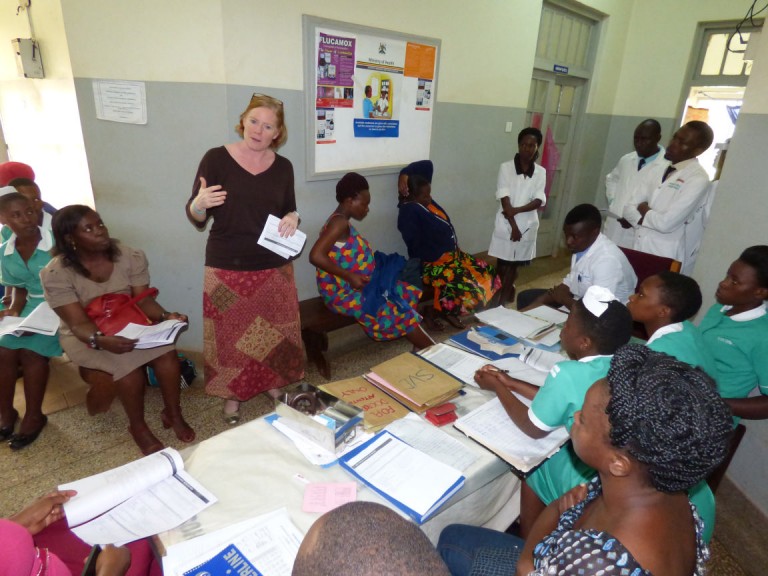Imagine a situation where a woman has gone through a healthy pregnancy and her family has taken the requisite measures to ensure a good outcome. But due to quality issues at the health facility, the woman dies or leaves with a dead baby or in a worst case scenario, mother and baby are both lost. Very devastating!
Putting imagination aside, the reality is that lots of such deaths – many of them preventable – are happening in Uganda and many other developing countries. Studies show that majority of maternal and newborn deaths occur around the time of birth, and usually within the first 24 hours after childbirth.
It was therefore relief when last December the World Health Organisation outed a “Safe Childbirth Checklist” which targets the major causes of maternal and newborn complications and deaths, including post-partum haemorrhage, infection, obstructed labour, preeclampsia and birth asphyxia.
However such guidelines are not in short supply. The problem has always been how to implement and sustain their implementation. Never mind that several like the WHO Safe Childbirth Checklist have implementation guides.
Over the past week I have been in the eastern Uganda lakeside town of Jinja attending stakeholder meetings with healthcare workers and managers from six hospitals in the Busoga sub-region. The six hospitals a part of the learning sites for the 4 year multi country Preterm Birth Initiative (PTBi) study which aims at exploring ways of mitigating morbidity and mortality related to prematurity.
PTBi is set to use an abridged version of the WHO safe childbirth checklist as one of the tools and implementation lessons will offer critical evidence regarding the uptake and acceptance of this tool, especially in resource limited settings.
From the Jinja meeting, I learned that bringing together doctors and midwives, as well as administrators and records personnel, while introducing the tool was and will be vital to the uptake of the checklist. Seeing these different cadres discuss and agree by consensus that the tool is very critical and pledging -by consensus- to implement it was fundamental!
Going by the design of the checklist, the way childbirth happens and the fact that midwives work in shifts, it was apparent from the captivating discussions that team work will be key to the successful implementation of the checklist. A lot of discipline is and shall be required given that while one midwife admits a mother, she might be delivered by another midwife, just like the one who discharges the mother will most likely be different.
While copies of the tool shall be available at the six pilot hospitals through the study period, who supplies thereafter given that there have been challenges with availability of equally important tools such as the partograph. Hospital managers and government need to think about sustainability plans.
My final take home from Jinja was that the checklist should not replace clinical notes and partograph use. These are still needed and serve different purposes. In fact, the checklist is only meant to serve as a reminder to what ought to be done to get things right. As rightly put by the designers of the checklist, “the pause points [on the checklist] allow birth attendants to make their ‘checks’ at times when they can not only protect the mother and newborn against dangerous complications, but also at the most convenient times in their work flow.”
Blog by Kakaire Ayub Kirunda, a communication for development specialist with Makerere University School of Public Health
